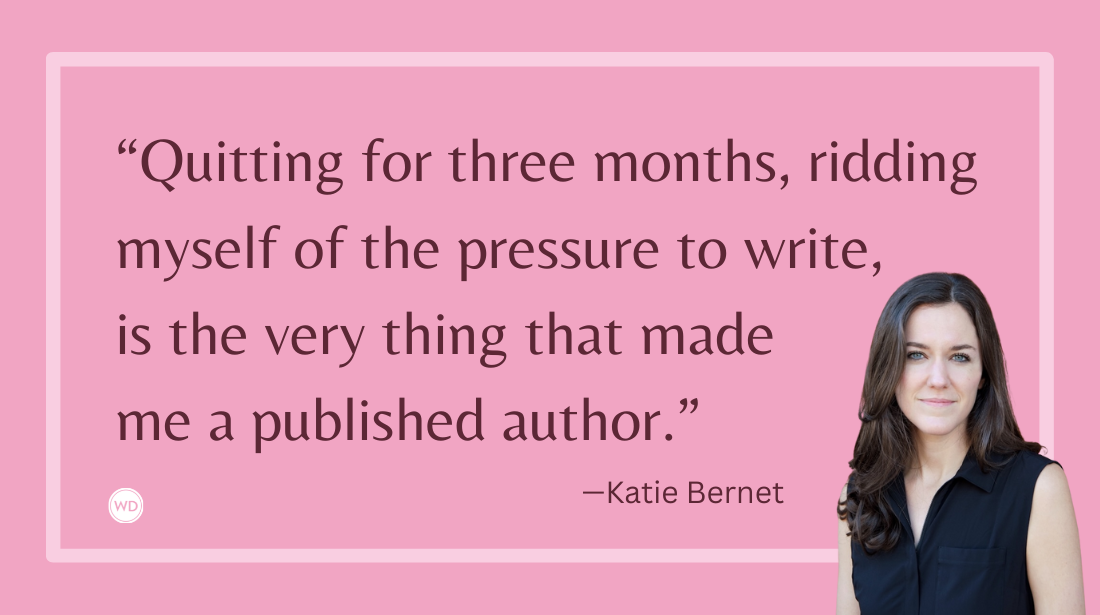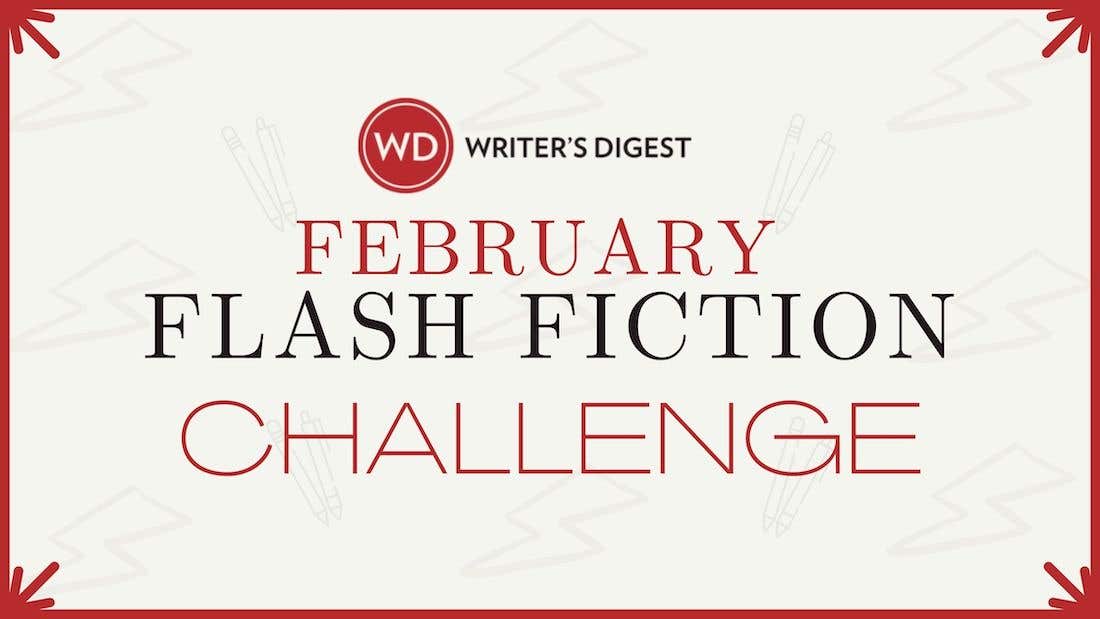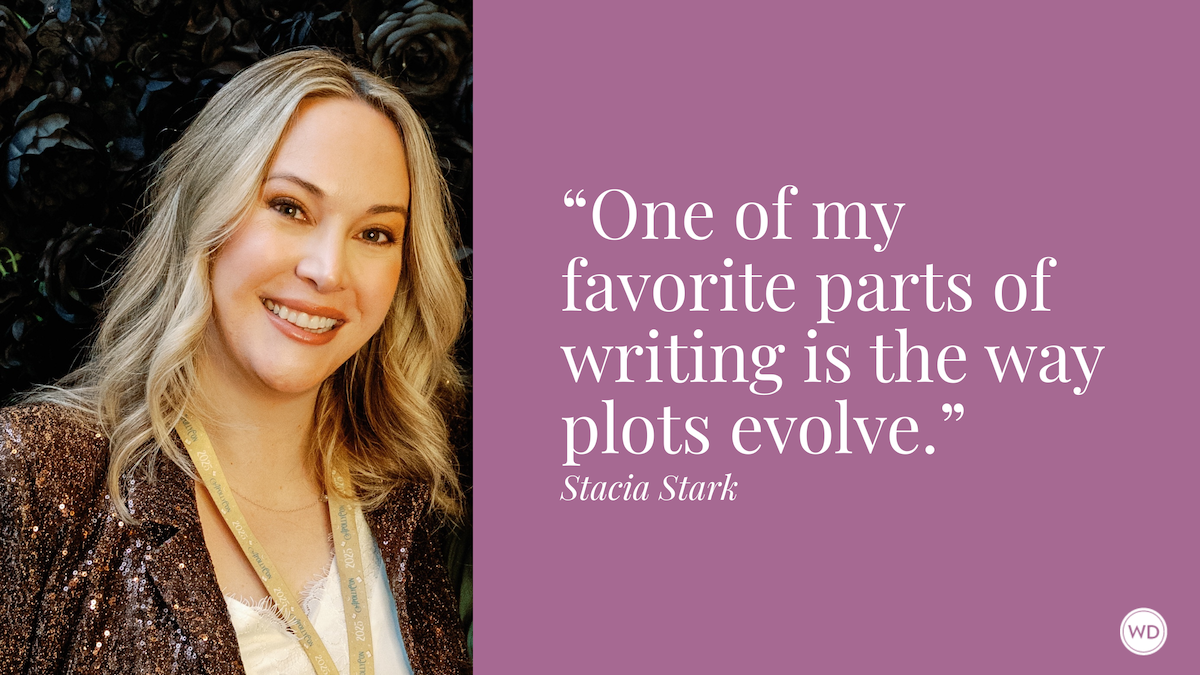Emma Noyes: On Breaking the Stigma of Discussing OCD
In this interview, author Emma Noyes discusses the years-long process of writing her new contemporary romance, How to Hide in Plain Sight.
Emma Noyes told her mother she wanted to be an author when she was six. She grew up in a suburb outside Chicago and attended Harvard University, where she studied history and literature. She started her career at a beer company but left because she wanted to write about mermaids and witches—eventually publishing her first YA fantasy series, The Sunken City. She now lives in Chicago with her Swedish boyfriend and miniature Pomeranian. Follow her on Facebook and Instagram.
In this interview, Emma discusses the years-long process of writing her new contemporary romance, How to Hide in Plain Sight, her hopes for readers, and more.
Name: Emma Noyes
Literary agent: Kim Whalen
Book title: How to Hide in Plain Sight
Publisher: Berkley
Release date: September 10, 2024
Genre/category: Contemporary Romance
Previous titles: Guy’s Girl
Elevator pitch: A dysfunctional family, a four-day wedding on a private island, and a runaway copywriter who swears coming home won’t make her fall apart again. Can Eliot Beck maintain the strict rules that once “cured” her of OCD, or will this wedding send her careening right back into her old obsessions—and the first love she thought long over?
What prompted you to write this book?
This was actually the first book that I ever wrote. I started working on this book in October of 2018, shortly after I graduated college. In its final form, How to Hide in Plain Sight is a fictionalized version of my own experience growing up with obsessive-compulsive disorder. The type of OCD that I have is not the one that most people are familiar with—washing hands, touching door knobs many times, being fearful of germs, etc. No, the type of OCD that I have is completely internal. It’s looping, obsessive rumination on distressing intrusive thoughts. It’s questions like: Am I a murderer? Am I a pedophile? Am I sexually attracted to a family member? Am I gay, even though I know I’m straight (and vice versa)?
From as early as 12 years old, my brain began to latch on to questions like these, obsessively searching for evidence that I was a pedophile or sexually attracted to a family member, always finding ways to refute me when I presented evidence that the answer was no. It was torturous. It was exhausting. These worries were always with me, but because my compulsions were all internal—mentally replaying events, checking my body for bodily reactions to certain things—no one else knew what was happening to me. For years, I didn’t know that I had a mental illness; I thought I was just insane. By the time I started writing my first book, I was years into therapy and proper medication, and I could finally see my OCD for what it was. I knew that I wanted to write a book with a main character who was going through what I had gone through. Thus—Eliot Beck was born.
How long did it take to go from idea to publication? And did the idea change during the process?
I began writing the ideas that would become How to Hide in Plain Sight in October 2018, and the finished book is being published in September 2024. In those six years, this book has changed many times. At first, it was a sort of written collage—many short, distinct passages mashed together to make something resembling a book. Over time, I revised and re-revised until it read more smoothly. The core idea—a story about a young woman with OCD who returns home to her large, dysfunctional family and childhood best friend—remained the same throughout edits, but the format of the book changing drastically, becoming much more of a standard prose novel as opposed to an experimental collection of passages.
Were there any surprises or learning moments in the publishing process for this title?
The biggest surprise for me in the publishing of this book was how large and enthusiastic the audience for a book about someone with my type of OCD truly is. Due to the taboo nature of obsessions, no one really wants to talk about them publicly. But when I posted a short TikTok video teasing the story’s premise, the internet’s response was overwhelming. So many people were excited about the idea of a character who would reflect the way their mind works and make them feel less alone. Many others said that they didn’t even know this was a real type of OCD. To me, this is why mental health/neurodivergent representation is so important in literature, and I couldn’t be more excited for these people to read Eliot’s story!
Were there any surprises in the writing process for this book?
Since this was the first book I wrote but my fifth being published, I like to think that I grew up (as an author) with it. I went from college graduate who knew nothing about the publishing industry to starry-eyed drafter to overwhelmed editor/reviser to nervous agent query-er to rejected agent query-er to re-editor-based-on-agent-feedback and, finally, to signed author. I have worked on this book in so many ways and in so many places. When I started writing this book, I had no idea what it would become. The whole journey has been full of surprises, and I’ve grown so much in writing it.
What do you hope readers will get out of your book?
There are two main things I hope that readers will take away from How to Hide in Plain Sight. The first is that, for those who have OCD (especially the lesser-known type of OCD that I have), I hope this book makes them feel seen, understood, and a little less alone. I hope it helps them to see that they are not crazy or a bad person; they simply have a treatable mental illness. The second is for those who don’t have OCD, because I think it is just as important that they read Eliot’s story, too. I hope that those who don’t have OCD find this book to be educational. That they learn a bit about a disease they might not even know existed, and that it opens their eyes to loved ones who might be suffering in silence around them.
If you could share one piece of advice with other writers, what would it be?
My best piece of advice to writers is to keep a journal. You don’t need to write in it every day, but you might find that on days when you can’t write about your characters, you can write about yourself and your current emotions. And that writing might very well serve you in a future book.









